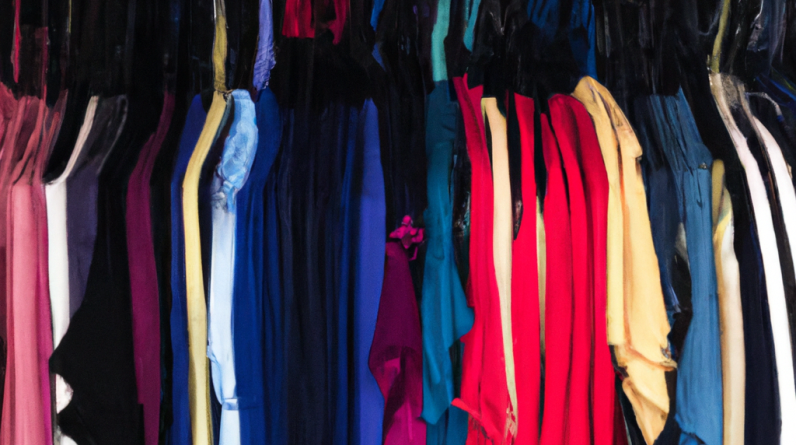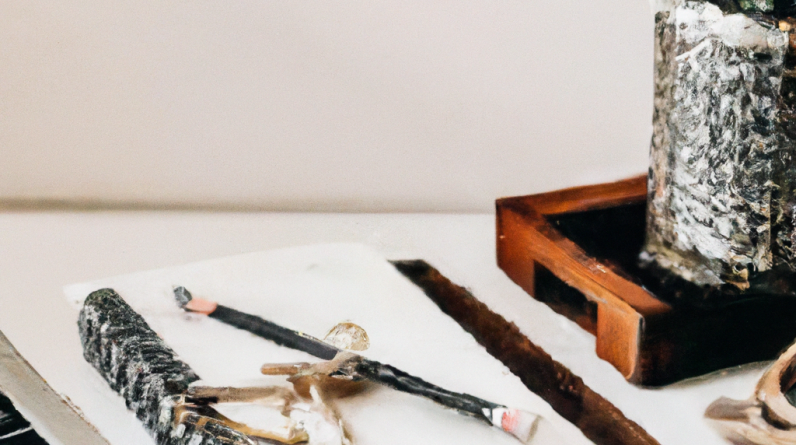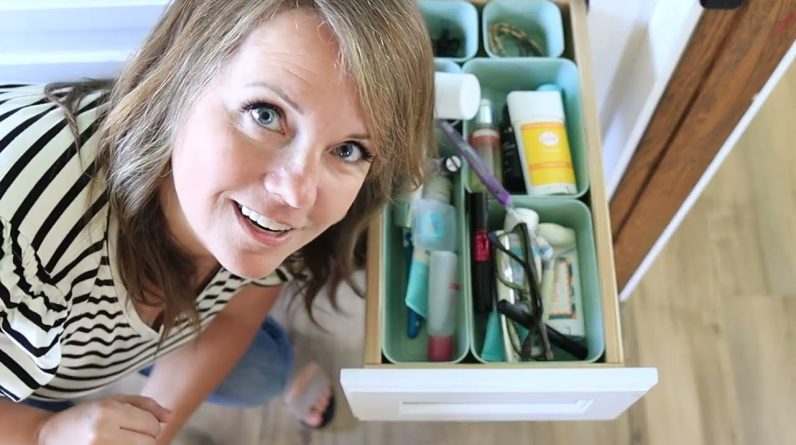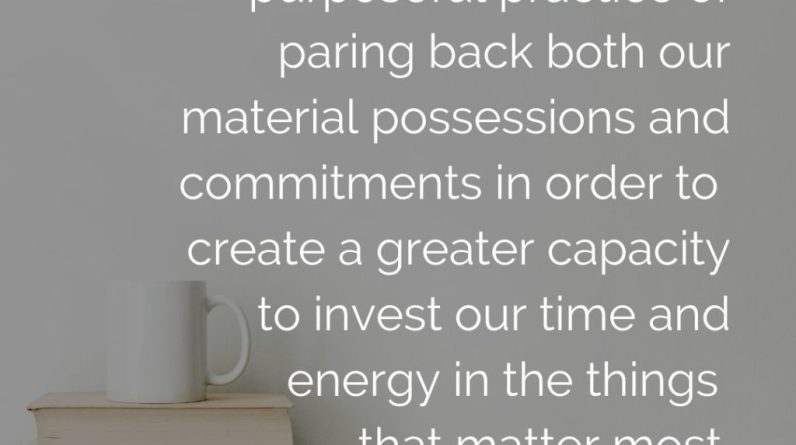
Let’s clear up any confusion and gain a deeper understanding of the distinction between decluttering and minimalism. While these terms may seem similar at first, they actually entail different mindsets and approaches to organizing and simplifying your life. Decluttering focuses on removing unnecessary items and creating a more organized space, while minimalism is about embracing a lifestyle of intentional simplicity and deliberately owning fewer possessions. By grasping this key difference, you can begin to make informed choices that align with your personal goals and aspirations.

Table of Contents
Clearing Out vs. Lifestyle
Decluttering and minimalism are two concepts that are often used interchangeably but have distinct differences. Decluttering is a process of clearing out physical items and creating more space and organization in your living environment. On the other hand, minimalism is a lifestyle choice that encompasses not only physical decluttering but also a mindset shift towards simplicity and value. While both approaches can lead to a more organized and intentional life, it is important to understand their unique motivations, approaches, scope, goals, methods, and impact.
Motivation
The motivation behind decluttering can be both external and internal. External factors for decluttering may include a need for more space, a desire for a cleaner and tidier home, or a wish to reduce the time and effort spent on managing excess possessions. Internal factors, on the other hand, are more deeply rooted and may stem from a desire for mental clarity, a need for emotional release, or a longing for a sense of control over one’s surroundings.
Minimalism, as a lifestyle choice, is primarily motivated by internal factors. It goes beyond the physical act of decluttering and aims to cultivate a mindset of simplicity, mindfulness, and intentional living. The motivation behind minimalism often comes from a desire to free oneself from the burden of consumerism, to find personal fulfillment through experiences rather than material possessions, and to focus on what truly matters in life.
Approach
When it comes to the approach, decluttering primarily focuses on the physical aspect of clearing out. It involves sorting through possessions, deciding what to keep, what to donate, and what to discard. The physical approach to decluttering often involves practical strategies such as organizing systems, storage solutions, and efficient use of space. It is a tangible process that directly impacts the physical environment.
On the other hand, minimalism takes a more holistic approach that encompasses not only the physical aspect but also the mindset. Minimalism encourages individuals to examine their values, priorities, and beliefs, and to let go of anything that does not align with their true essence. The mindset approach to minimalism involves questioning the need for excess possessions, being mindful of consumption habits, and focusing on experiences and relationships rather than material accumulation.
Scope
The scope of decluttering is limited to the physical realm. It is primarily concerned with reducing physical clutter and creating a more organized living space. Decluttering is often done on a room-by-room basis or specific areas of the home, targeting areas that are prone to accumulating clutter such as closets, garages, or basements. While decluttering can have a positive impact on one’s immediate surroundings, its effects are limited to the physical environment.
Minimalism, on the other hand, has a much broader scope. It extends beyond the physical and encompasses various aspects of life, including relationships, time management, and personal growth. Minimalism encourages individuals to evaluate every area of their life to determine what brings value and what can be eliminated. The scope of minimalism is not confined to the physical space but rather extends to the emotional, mental, and spiritual realms.
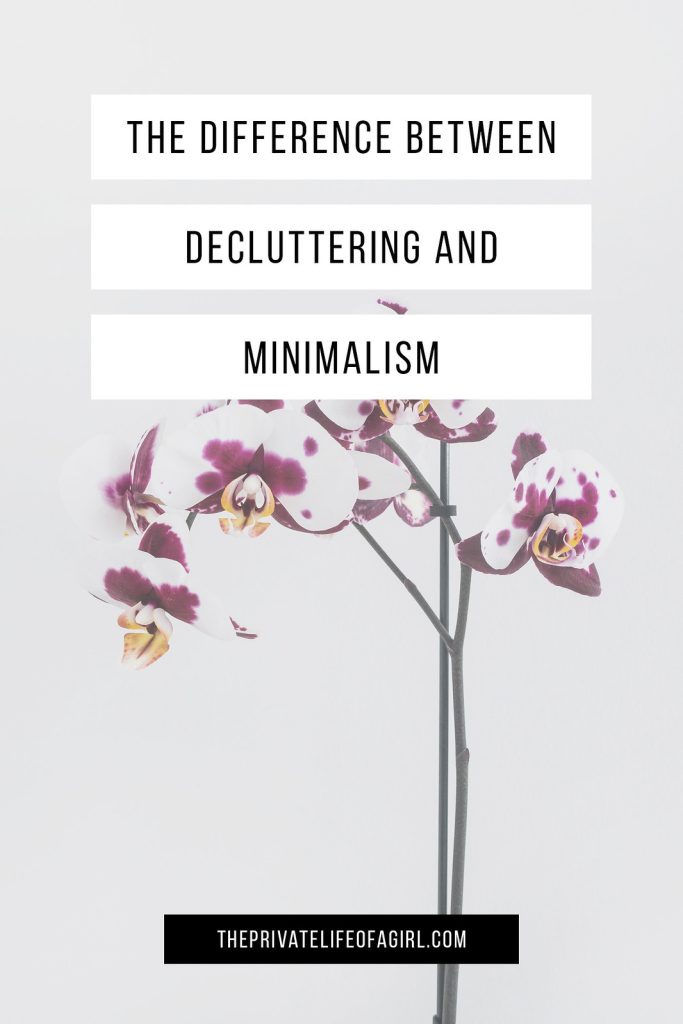
Goal
The goal of decluttering is to create a more functional and organized living space. By clearing out excess possessions, decluttering aims to make it easier to find things, reduce visual distractions, and improve overall efficiency. The primary focus of decluttering is on creating physical space and promoting better organization.
Minimalism, on the other hand, aims for simplicity and value in all aspects of life. The goal of minimalism is not just to have a tidy and organized home but to create a meaningful and intentional life. By eliminating distractions and unnecessary possessions, minimalism seeks to create space for what truly matters, whether it be relationships, personal growth, or pursuing passions and experiences.
Method
Decluttering employs tactical methods to tackle physical clutter. These methods include sorting and categorizing possessions, setting aside designated spaces for different items, implementing storage solutions, and creating systems to maintain organization. The focus is on practicality and efficiency, making the decluttering process manageable and tangible.
Minimalism, on the other hand, employs philosophical methods to cultivate a minimalist mindset. These methods may include self-reflection, introspection, and questioning of one’s values and beliefs. Minimalism encourages individuals to be intentional in their choices, to practice gratitude, and to focus on experiences rather than material possessions. The methods of minimalism are more introspective and require a deeper level of self-awareness and examination.
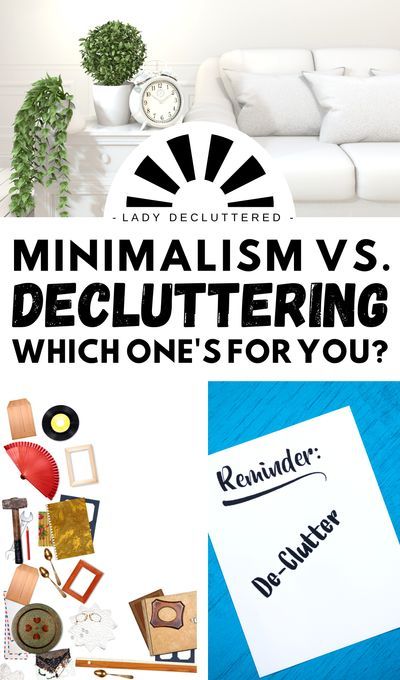
Time Frame
Decluttering is often seen as a short-term process that can be completed over a defined period. It involves dedicated time and effort to sort through possessions, make decisions about what to keep or discard, and reorganize the physical space. Once the decluttering process is complete, maintenance becomes key to preventing clutter from accumulating again.
Minimalism, on the other hand, is a long-term journey. It is a continuous and ongoing process that goes beyond the physical act of decluttering. Minimalism requires a shift in mindset and the cultivation of new habits and perspectives. As individuals embrace minimalism, they may find that their values and priorities evolve over time, leading to further simplification and refinement of their lifestyle.
Physical Items
Decluttering primarily focuses on dealing with physical clutter. It addresses the accumulation of possessions, the need for storage solutions, and the desire for a clean and organized living space. Decluttering involves making decisions about what physical items to keep, donate, or discard. By consciously evaluating and reducing physical possessions, decluttering aims to create a more visually appealing and functional environment.
Minimalism takes the process of reducing physical possessions a step further. It encourages individuals to question the need for excess belongings and to focus on quality rather than quantity. Minimalism promotes intentional consumption and thoughtful purchasing decisions. By reducing physical possessions, minimalism aims to create a sense of freedom from material attachments and a greater appreciation for what truly adds value to one’s life.
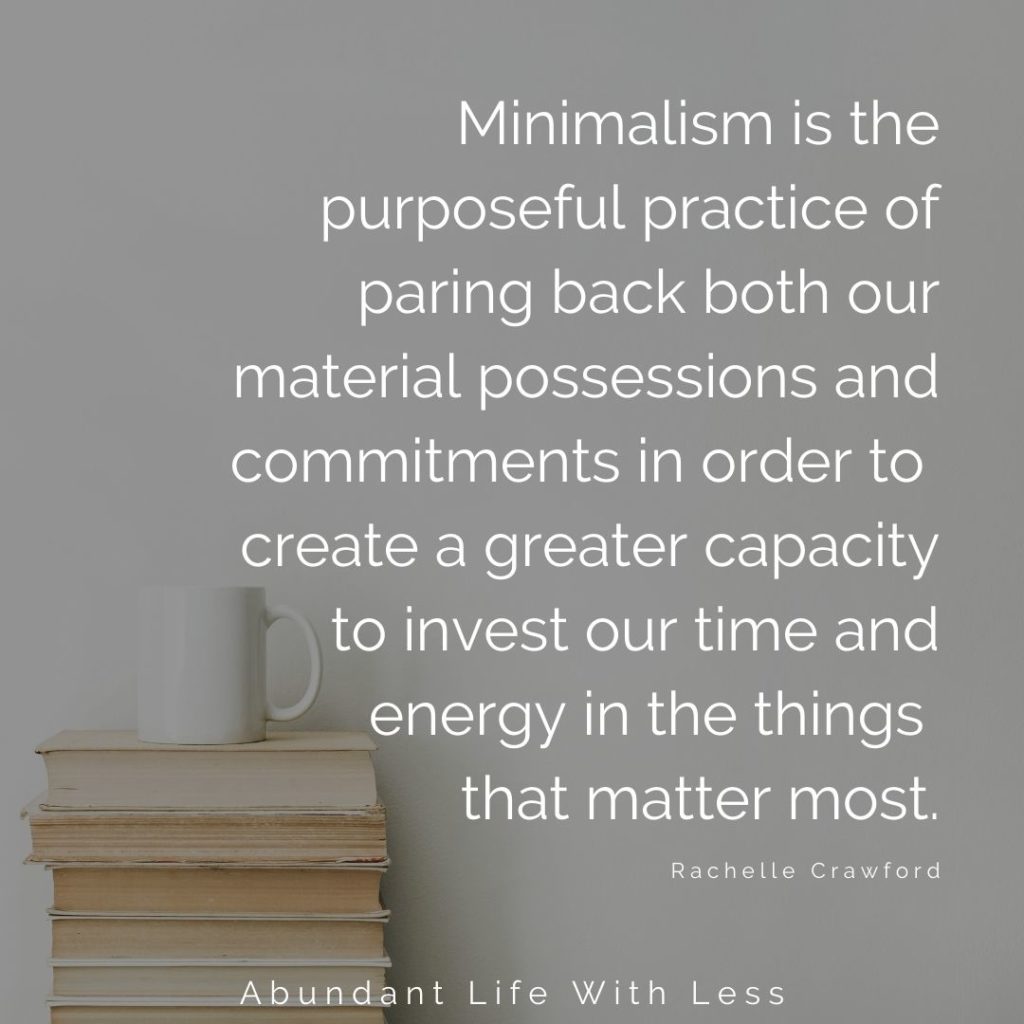
Emotional Impact
Decluttering can have a significant emotional impact. It provides an opportunity for individuals to release emotional attachments to certain possessions, whether they hold sentimental value or are associated with past experiences. Decluttering can bring a sense of liberation and relief as individuals let go of items that no longer serve a purpose or bring joy. It allows for emotional release and the creation of space for new experiences and memories.
Minimalism, as a lifestyle choice, also brings about emotional transformation. By detaching from material possessions, individuals find themselves less tied to their belongings and more focused on personal growth, relationships, and experiences. Minimalism promotes mindfulness and gratitude, allowing individuals to appreciate the present moment and find contentment in the simple pleasures of life. Through minimalism, individuals can develop a healthier relationship with material possessions and experience a greater sense of emotional well-being.
Sustainability
Both decluttering and minimalism can be approached in a sustainable manner. Sustainable decluttering practices involve donating or recycling unwanted items rather than contributing to landfill waste. It also involves conscious consumption going forward, making thoughtful choices about new purchases to prevent unnecessary accumulation of possessions.
Similarly, sustainable minimalism approaches involve mindful consumption habits that prioritize quality over quantity. Minimalism encourages individuals to invest in well-made, long-lasting items rather than participating in the cycle of fast fashion or excessive consumerism. Sustainable minimalism also extends to other areas of life, such as reducing waste, embracing a minimalist wardrobe, or adopting eco-friendly habits.
In conclusion, while decluttering and minimalism share similarities in their pursuit of a more organized and intentional life, they have distinct differences in terms of motivation, approach, scope, goals, methods, impact, and sustainability. Whether you choose to embark on a decluttering journey or embrace minimalism as a lifestyle choice, both paths can lead to a more purposeful and fulfilling way of living. It all comes down to your personal preferences, values, and the level of simplicity and intentionality you strive for in your life. So, are you ready to embark on your own journey of clearing out or embracing minimalism? The choice is yours!





